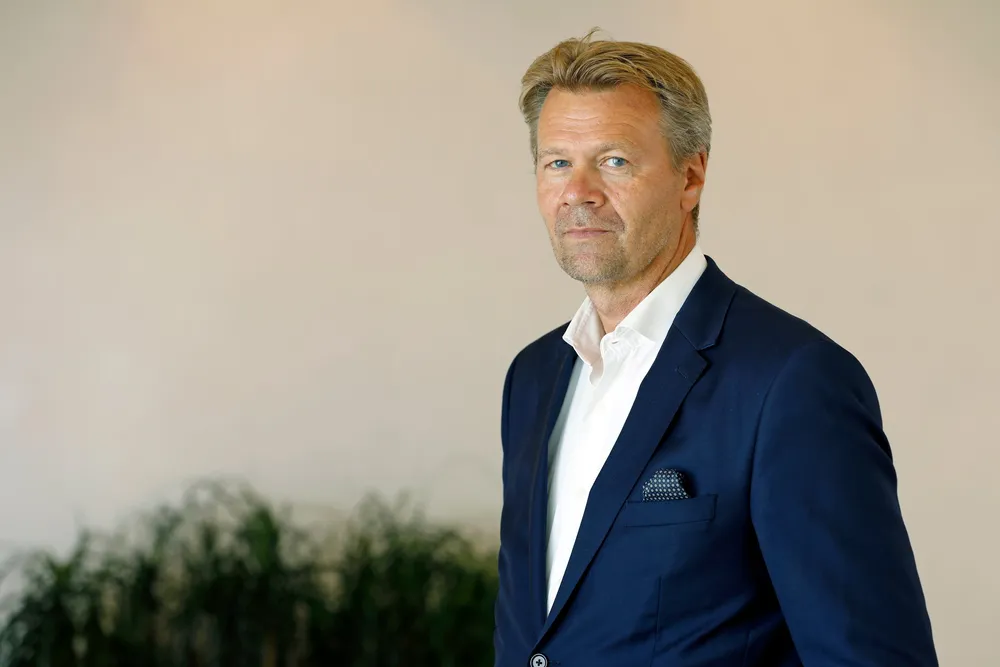Hidden costs threaten Equinor floating wind venture
Firefly project in South Korea has yet to sign Renewable Energy Certificate agreements

The future of Equinor’s 750MW Firefly floating offshore wind project in South Korea is increasingly in doubt after the Norwegian oil giant allowed key deadlines to pass by without signing Renewable Energy Certificate (REC) agreements that underpin revenue support.
The REC incentive works as part of a policy mechanism known as the Renewable Portfolio Standard (RPS) that obliges utility scale power generators to include a proportion of clean energy in their generation mix.
But this outcome was just the starting point for discussions on the terms and conditions for future offtake.
A deadline for Equinor to conclude its REC agreement within this RPS framework expired on 3 September, without any visible progress and the implications of missing this deadline are potentially serious for the Firefly project.
Non-compliance with the stipulated timeline potentially disqualifies the project from the REC support and, in theory, could even trigger a ban preventing Equinor bidding in future revenue support rounds.
Permits required for occupying coastal waterways carry fees that vary according to the nearest land which, in this case, is Ulsan, a highly industrialised city where land prices are high.
With each week that goes by, doubts about whether the project will actually proceed are growing.
Choosing carefully
Equinor has been giving some mixed signals on how attractive it finds floating offshore wind opportunities these days.
But Equinor has become a lot more circumspect toward offshore wind opportunities in the face of stubbornly high costs for floating and a series of costly setbacks for the Empire Wind project in the US.
Search for scale
Statements made by the company last month also hinted that even Firefly might lack ideal scale to reach the desired return on investments.
A wind farm of this size “provides less opportunity for efficient development and economies of scale,” the company said, adding that the “optimal size” for such projects is “closer to 800-1,200MW”.
That consultation was related to Equinor's participation in tender process for the Utsira Nord tender in Norway, alongside compatriot company Vargronn.
Utsira Nord consists of three 500MW project areas, with state support available for just one of them through a competitive process.
He added that Equinor saw project financing as a possible key to reaching a final investment decision.
The Equinor spokesperson confirmed last week that this dialogue is still continuing, some 10 months after the auction concluded.
More positively, one of the risks expressed by Økland — that of political stability —has arguably subsided since the election of President Lee Jae-Myung.
The new left-leaning administration has backed the expansion of renewables and grid investment and a new energy expressway to bring power from offshore wind to industrial hubs.
These plans include subsea links to transmit power from 20GW of offshore wind farms off South Korea’s southwest to the rest of the country.
New auctions
South Korea's broader push to expand offshore wind capacity took a half-step forward last month when almost 700MW of bottom-fixed capacity snapped up by projects led by public-sector companies,
A new auction for floating offshore wind power, as well as onshore wind is supposed to take place before the end of the year.
Funding for floating wind projects can receive a boost through REC multipliers which rise as distance from the shore increases.
South Korea is expected to allocate about 1.5GW of capacity in that auction, but developers are watching Firefly closely to see how the terms evolve in this pioneering project.
Korea's current energy roadmap sets a cumulative capacity target for solar, wind and other renewables at 78GW by 2030 and 121.9GW by 2038.
In the offshore wind sector, South Korea’s cumulative capacity is supposed to reach 14.3GW by 2030, but many analysts see this target slipping out of sight.
One initiative that may accelerate this deployment is the Offshore Wind Promotion Act, approved in February 2025, which aims to centralise permitting as well as furthering the transition from a developer-led model to government-zoned sites.
This legislation is still in the implementation phase, however, so the introduction of the new rules could act as a brake on the auctioning process, noted Jake Jung, Korea country director with Ramboll, a consultancy firm